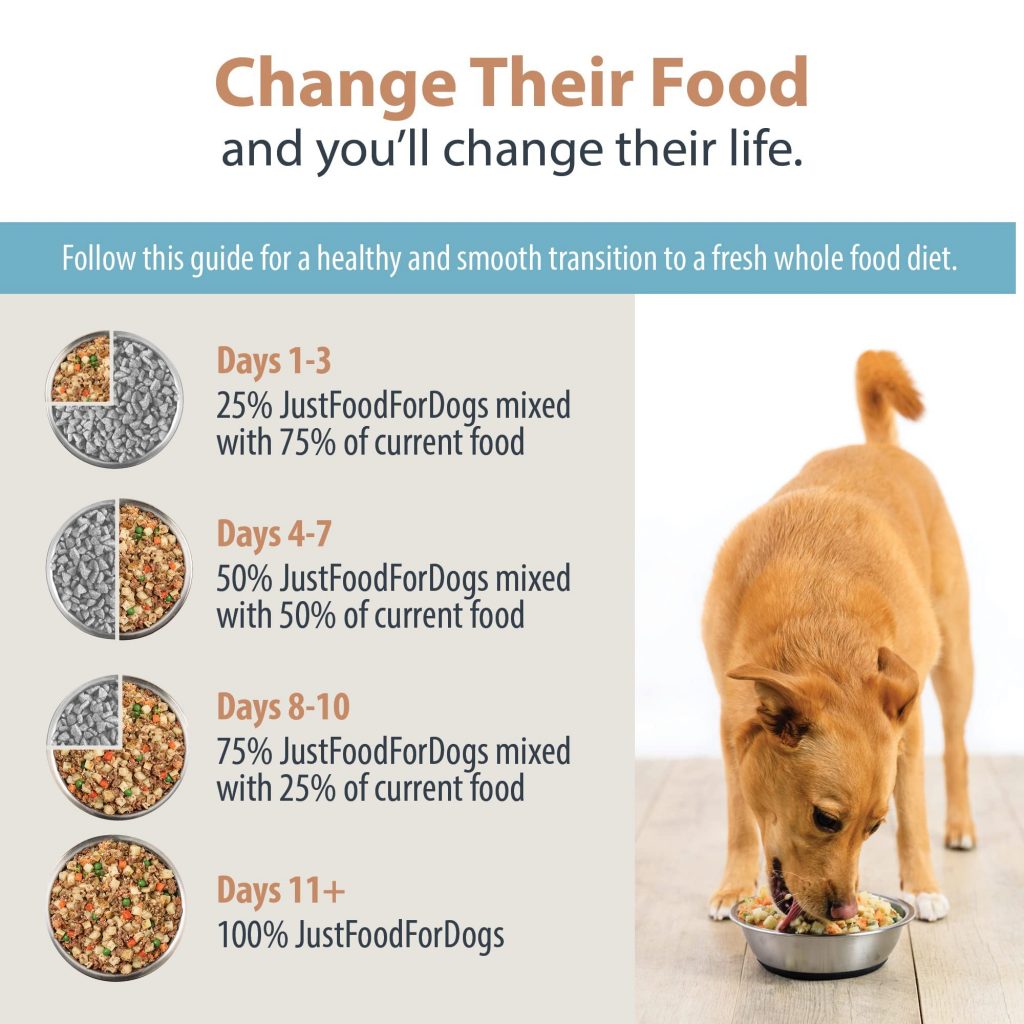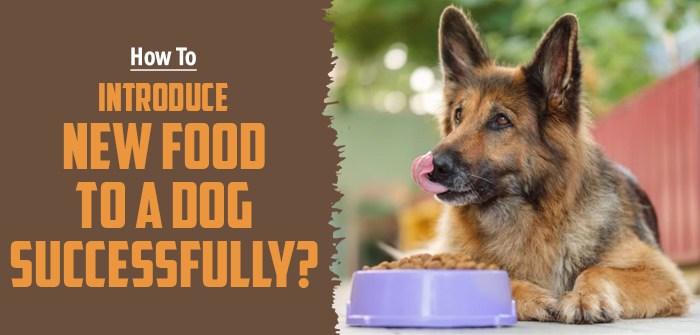How To Introduce New Food to a Dog Successfully?
Feeding pets is not as easy as it may seem. We need to take care of everything from their allergies to the nutrition value and taste. In general pet owners do not change their pet’s diet frequently and pets are stuck with the same stuff for months. However, making your pets eat the same food may not give them all the nutrition values that he needs. Chances of developing hypersensitivities increase with same protein source. Thus it is recommended to change your pet’s diet at regular intervals.
Note: Read about Reasons to change your pet’s food?
Steps to change dog food
Introducing new food to pets may be a bit tricky. Sudden change in diet creates digestive upset in pets. To avoid these issues and reduce the probability of inflammatory bowel disease it is recommended to take the process slowly. The longer the dietary transition period the better it is for pets.
Start introducing your pet’s new food with 25%. 75% of the food content should be from pet’s old diet and 25% from the new. Continue it for some days and observe the changes. Continue if your pet seems to cope with the new diet.

Increase the new pet food content to 50% for a next few days. Do not panic if the pet shows signs as loose stool or diarrhoea occasionally. If vomiting and diarrhoea occurs for unusually more number of times then switch the diet to 25% proportion.
If everything seems normal then take it to the next level and make it 75% of the new diet and 25% old diet. If your furry friend has reached this level then the process has been a successful one for him. Gradually make it to 100% and watch your pet enjoy his new diet.
It is recommended to consult your veterinarian before changing your pet’s diet. It is found that feeding probiotics before, during and after the diet transition help pets coping with it. It strengthens the digestive tract and the immune system which ultimately supports the intake of new food.
Do not chose the new diet randomly and make sure you consult with your vet before doing so.


